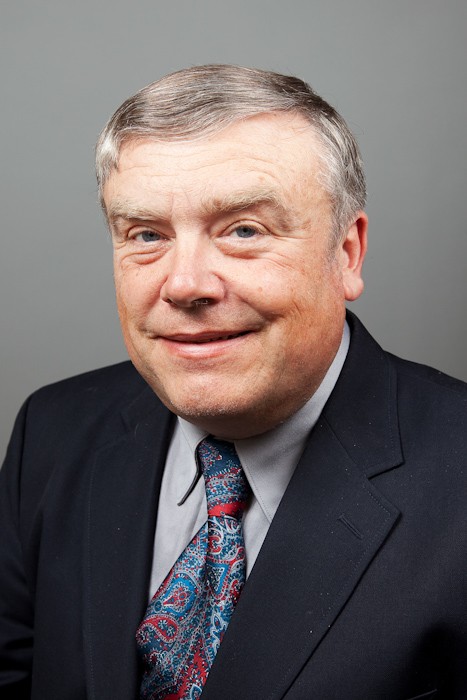
I recently sat down with the Director of the CUAHSI Water Data Center (and my boss!) for a brief Question and Answer session about the initial phases of WDC operations. Dr. Alva Couch is a professor of Computer Science at Tufts University and is on loan to CUAHSI to serve as the WDC Interim Director for the first year of the the WDC's operation...
Q: Who are you? What brought you to managing a national
facility for water data?
A: I am a researcher in the relatively new area of systems
and network management, with additional expertise in cloud computing, performance
analysis, and software engineering. I became involved first with CUAHSI on the
Ontology project that seeks to develop metadata vocabularies and ontologies to
enable precise data search. My student, Alex Bedig, created a new ontology-driven
user interface that is only practical because of performance engineering that
decreases query response time by a factor of about 100. In the context of this
development, I became aware of CUAHSI Hydrologic Information System (HIS) and consider it a worthy project to
be sustained. I look forward to applying my skills in systems management,
performance engineering, and software engineering to creating the next
generation of data discovery, publication, and analysis tools. I consider myself first and foremost a
scientist, and hope to aid the worldwide community of water scientists in
solving some of the world’s most pressing problems.
Q: What exactly is the Data Center? What is its relationship
to the CUAHSI HIS?
A: The Water Data Center was born out of the efforts in
creating the CUAHSI HIS. At the end of the HIS Project, HIS remained in prototype form. The first priority of the Water Data
Center is to transform CUAHSI HIS from a prototype to a product. This entails
re-engineering some features and processes for more robustness, re-hosting the
main services in a robust cloud environment, and instituting management
processes to ensure overall quality of data services and support.
Q: I’ve heard the Data Center will be providing researchers
a whole bunch of new services, but what can I do now?
A: At this time, the WDC continues to support the core
services developed during the CUAHSI HIS project, including catalog metadata
search services and HydroServer data publication services using the WaterOneFlow
(WOF) service model. There is no plan to deprecate these services; we will
instead make them more reliable and useful. Thus, one can publish data using the
current HydroServer software suite and it will continue to be accessible. One
can register one’s data in the HIS Central catalog and it will continue to be
discoverable. The new planned services are not a replacement for CUAHSI HIS;
they are extensions of it.
Q: These data services sound great, but I don’t have
appropriate access (or don’t know how) to manage a server. How can I publish my
data?
A: At the present time, CUAHSI runs one data publication
server HydroPortal that one can use to publish one’s data. Please
contact Jon Pollak (jpollak@cuahsi.org)
for more details on how to utilize this service. In the near future, we plan to
move this service to the cloud and provide more general data publication tools,
including a web portal for data upload. If you have data ready for publication,
my advice would be not to wait- let’s
get it online now! The WDC staff will move it to the cloud later.
Q: If I’m already a user of HIS, should I be worried about
how upcoming changes to the system might impact me and my work?
A: The Water Data Center is closely coordinating its
activities with other CUAHSI affiliated activities such as HydroDesktop
development to ensure that there is no disruption to the users in community.
The short-term changes to services are enhancements that provide more detail on
data and allow more detailed specification of searches. These enhancements will
be made backward-compatible to older clients that do not have the ability to
utilize the new features.
Q: If I need technical assistance, who should I contact?
A: In general, your first line of contact should be Jon Pollak (jpollak@cuahsi.org), our User Support Specialist. He will refer you to
others in the Water Data Center team as appropriate to your needs.

